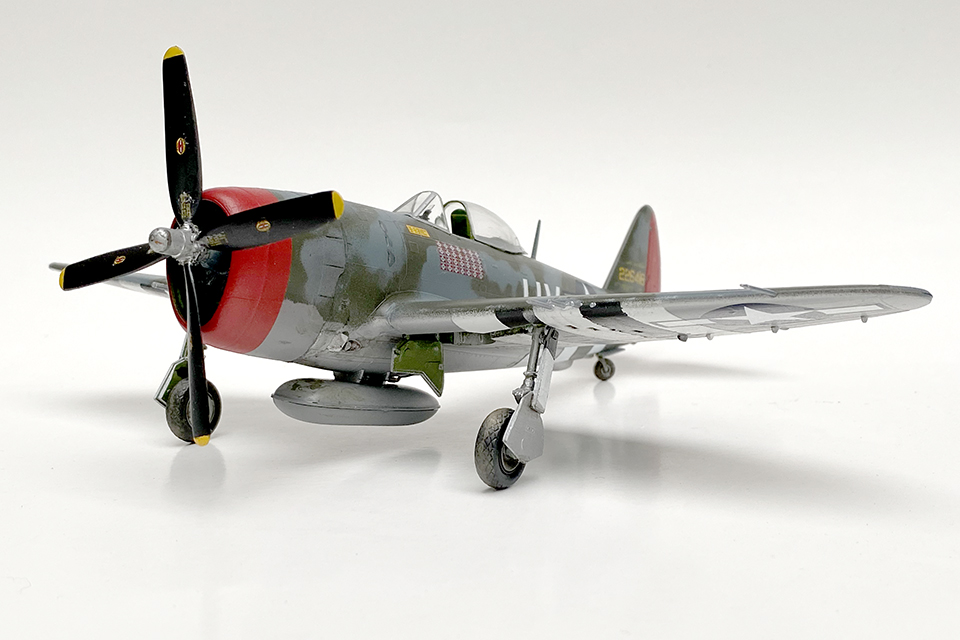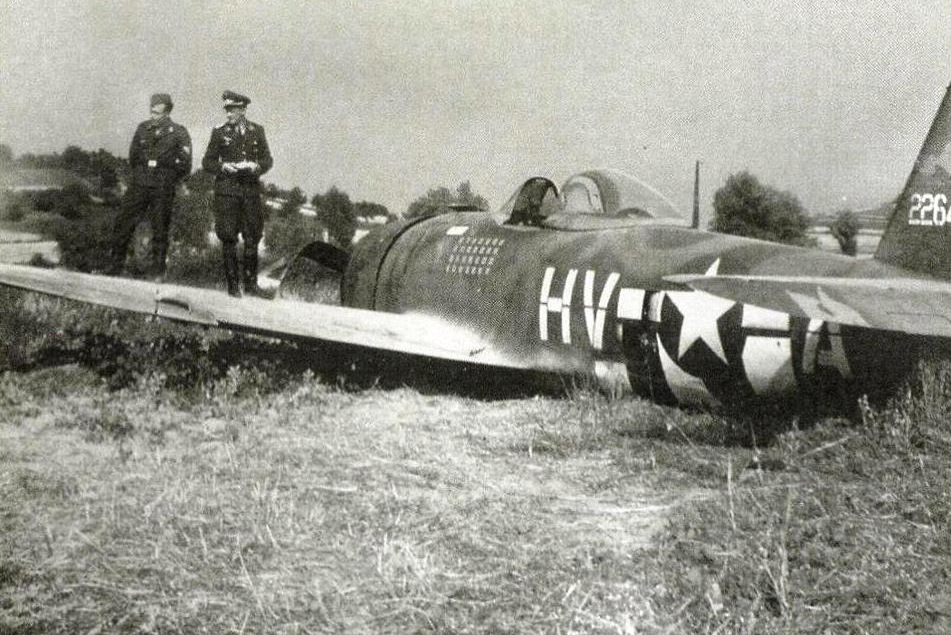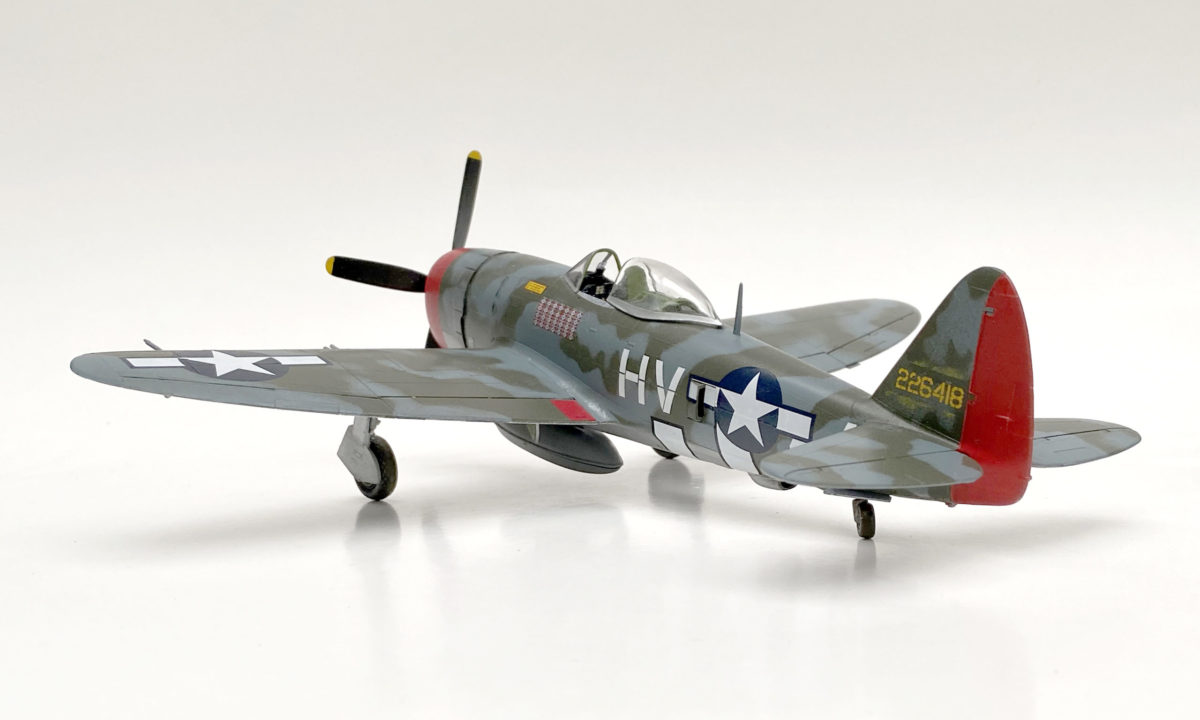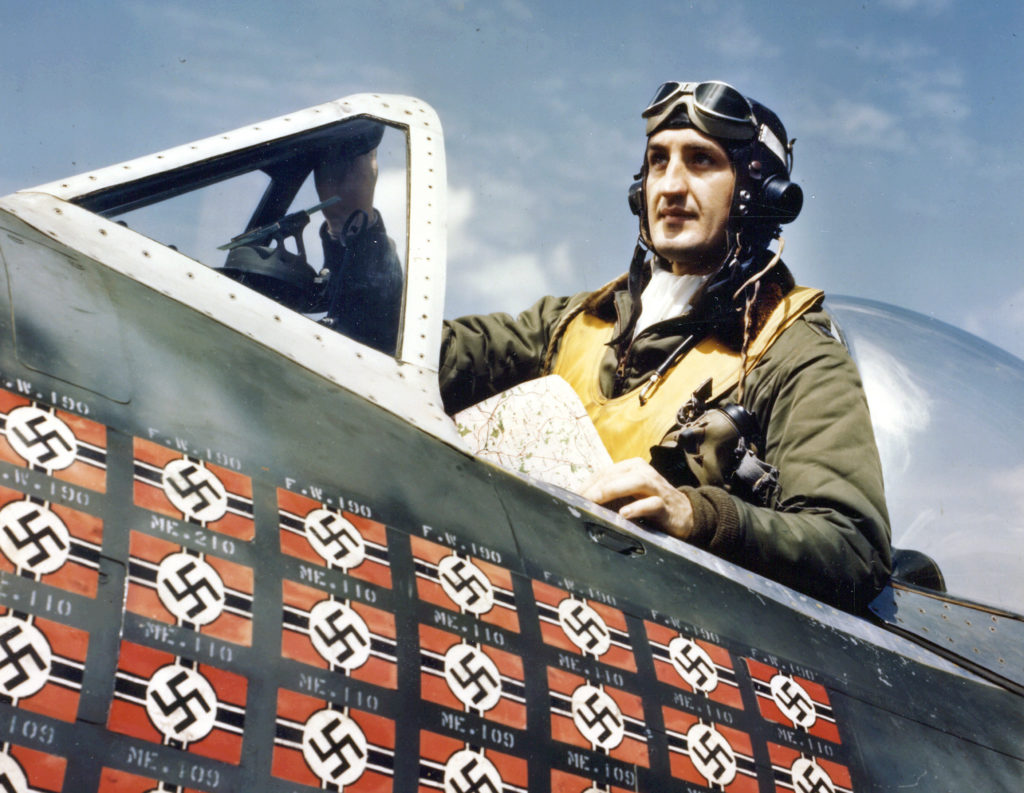A classic kit
The Monogram 1/48th-scale Republic P-47D Thunderbolt first hit hobby shops in 1967. Over the years the kit has become a favorite with modelers. Good detail and relatively easy construction have helped the model hold its own against competitors costing three times as much. With a little extra effort, you can produce a very nice addition for your display shelf using this kit.
Recommended for you
Start with the cockpit, painting it interior chromate green. The instrument consoles are black, so you can pick out dials and switches in white. A light dry brush of aluminum for the seat and a set of seatbelts from the spares box add interest to the tight cockpit. Be careful with the gunsight molded into the fuselage halves; it’s easy to snap the piece off. Removing the gunsight and reattaching it later is a good option. Complete the fuselage with the cockpit tub securely in place and set aside to dry.
Next, assemble the wings. It’s a simple two-piece affair, but take special care with the four .50-caliber machine gun barrels molded into the wing, as they can easily break off. It’s a good idea to have a spare set on hand. This kit also has a pair of hardpoints molded into the lower piece of each wing. To get a cleaner profile, a little surgery is required. With the pylons removed, fill and sand the area. Once the wings are assembled, cement them to the fuselage.

With the basic shape of the P-47 complete, it’s time for paint. The 56th Fighter Group began painting its fighters in camouflage colors in May 1944. Using existing Royal Air Force supplies, the unit began preparing for operations over France. Camouflage patterns were left up to the individual units, and a variety of styles resulted. The 61st Fighter Squadron Commander, Colonel Francis “Gabby” Gabreski, had many of his squadron’s fighters painted in what he called a “Luftwaffe” style. The more random and mottled paint scheme was similar to what they had seen on their German adversaries’ airplanes. Upper surfaces were medium sea gray and dark green, while the underside of the big fighter remained a natural metal.
depicting Gabby’s final mount
Our model sports the markings of the P-47D flown by Colonel Gabreski on a July 20, 1944, ground-attack mission. During a strafing run at a Luftwaffe airfield, Gabreski made “one last pass” that was just low enough to clip the ground, damaging the fighter enough that he had to crash-land in a farmer’s field. Captured, he spent the rest of the war as a POW.
This version of Monogram’s classic came with a set of Gabby’s markings, but the decals were showing their age (the kit is 46 years old!). The better choice is an aftermarket set. Techmod, a specialty decal company from Poland, produces a number of well-researched markings sets for a number of famous Polish aces. Set 48006 has markings for Gabreski’s last mount.

With the decals on the model, spray a coat of flat clear varnish and set it aside. Complete the landing gear and the specially designed 200-gallon external fuel tank. This larger oval-shaped tank gave the P-47 longer “legs” and still have adequate ground clearance.
Attach the landing gear, propeller and clear two-piece bubble canopy and Gabby’s P-47D “Jug” is ready for the display shelf.






